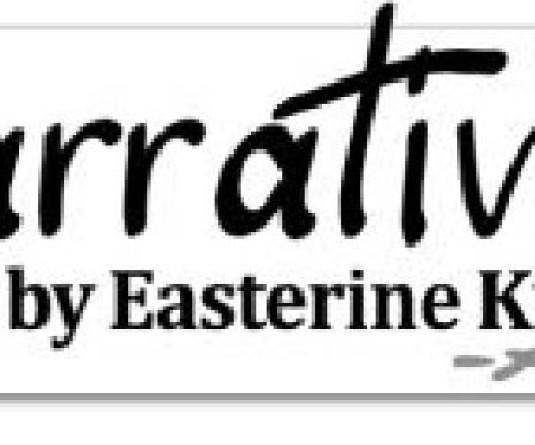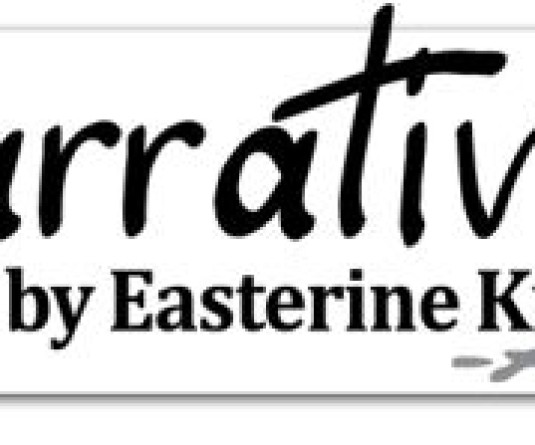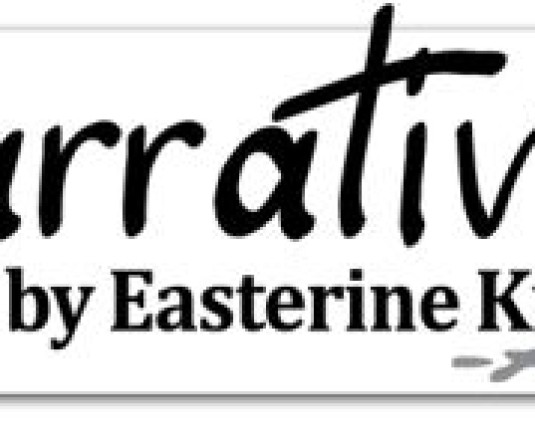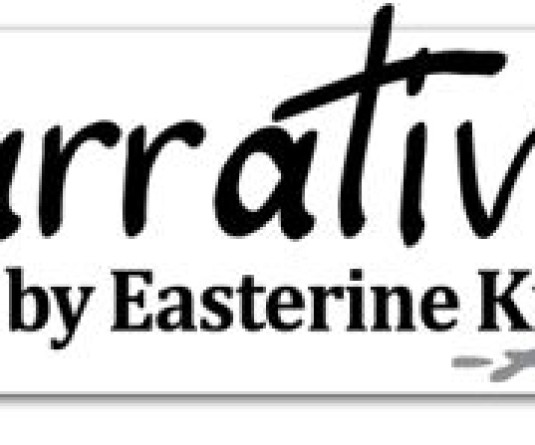
The big gate with the signboard announcing that we were entering the land of the Anghs greeted us when we drove into Konyak territory. It was a very welcome sign after the long hours of traversing cows, cyclists, goats, chickens and ducks and slow trucks on the Assam highway that we had chosen as our preferred route to Mon district. The roads in Assam are the envy of many a Naga car owner, but every wayside cow seemed intent on demonstrating its affection for the highway by sitting in the middle of the road and chewing cud, or simply standing in the same spot for possibly hours on end. It was a case of When in Rome do as they do. We did what many others before us have done. We drove around the unconcerned bovines, and continued to negotiate our way at every obstacle of this kind. After Golaghat, there was a prominent check gate where only cars with Nagaland registration numbers were stopped and penalised.
There was always some paper or other missing, for example, a pollution certificate the absence of which could only be waived for the sum of five hundred rupees. I felt sorry for Manipuri truckers and car owners that have to pass through Naga territory. I am convinced they dread entering our geographical spaces as much as we dread crossing Assamese country because of the harassment awaiting us. We will never be sure if showing kindness to drivers of neighbouring states will have a ripple effect that takes away the mutual distrust and mutual abuse. But there is no reason for that to stop us from trying. Especially since Nagaland is the Christian state lodged between the two non-Christian states. In fact, all the more reason for us to start being neighbourly and hospitable to them.
There was a state of visible decline when we drove from Tizit to Mon as the road quality had definitely plummeted down. Still, the fact that our destination was within reach buoyed up our spirits and we soon had a semi-aerial view of Mon town. It is probably more magical to come to Mon by night if it is your first visit. The town lies below the village and its lights twinkle back at the steep road, disappear behind each curve in the road, only to reappear at the next turning as though to reassure the onlooker that it is real enough.
"We are a gentle people and our ways are hospitable," explained a female lecturer from Wangkhao College. "That is possibly the reason why it is easy for outsiders to come in and exploit us," she added. The shops have both local and non-local owners. There are many schools catering to the growing population, and several are run by outsiders. A prominent local educationist in the town asserts that this is detrimental to the younger generations as they are not getting right and good quality foundation. Commercialization of schools could ruin the futures of the younger generations in Mon.
Mon and Longwa village have become well known, the latter being sought out for the house of the Ahng of Longwa. The house is, of course, famed for the British mapping which cut the house in two. Longwa has become an off the beat tourist destination. Two young men from Israel were trying to catch a bus to Longwa the next day and spend some days at the border village. I hope some studies will soon be made available on the high influx of both Indian and foreign tourists to the district that examine short term and long term damage on the community.
It rained all the time that we were in the Land of Ahngs. A thick fog covered the mountains and visibility was very poor. On our departure, we reached a high point on the road and looked down. The fog hid everything from view. Yet the people we met, the stories they shared, the generosity they demonstrated had all been real. It was as though the fog was trying to hide the township from curious eyes. It made me reflect on what the young lecturer had said. The gentle people who live in the valley probably need more than the fog to protect them, and the irreplaceable way of life that was their legacy from their ancestors.






